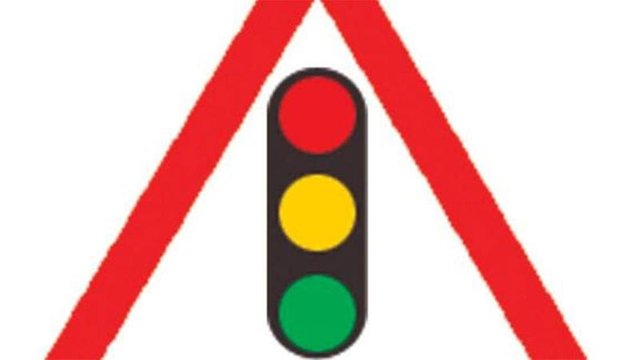Traffic light signals at street corners. Seeing the red light on, the cars stopped. Waiting to see the yellow light. Al saw the burning green light and moved freely. Almost everyone in the city knows this rule. But have you ever wondered why blue is not a sign of progress and brown is a sign of stopping? Why did the authorities choose red-yellow-green? Surely there is a fair explanation.
Red means to stop, and green means to move forward — this idea has affected our daily lives in many ways besides traffic lights. We have learned since childhood that red means danger and green means everything is fine - we can move on.
Train traffic signals were introduced even before the traffic lights for motor vehicles on the road. Railway companies initially used red to signal stops, white to signal forwards, and green to signal warning. However, the train managers got into some difficulties. In particular, there are problems with the use of white. For example, a train driver mistakenly called a bright star a white light and thought that the way forward was open. In the wake of such incidents, the railway companies started using green as a signal to move forward for a while. Since then, the practice is still in vogue.
